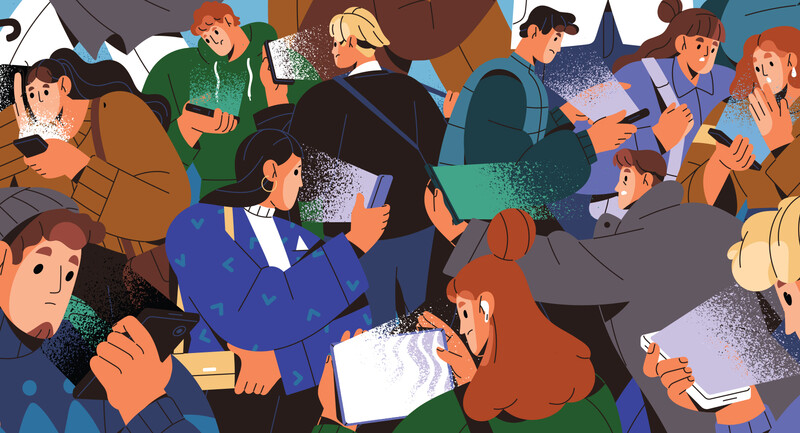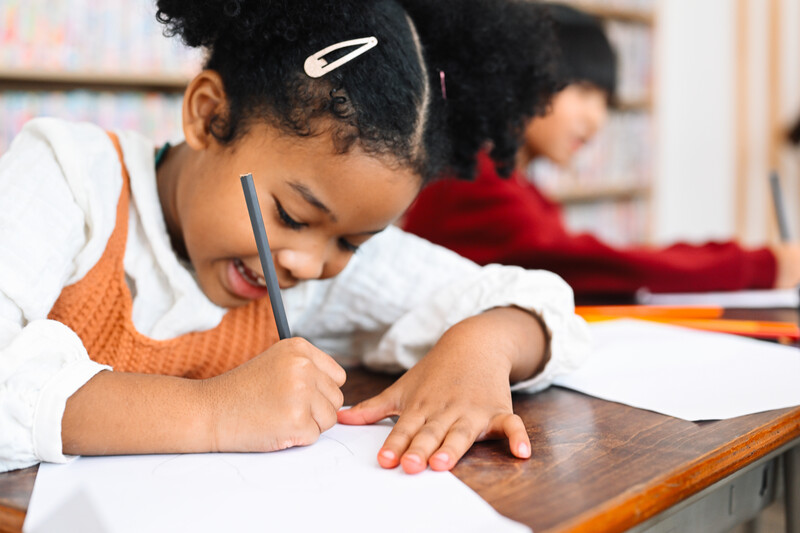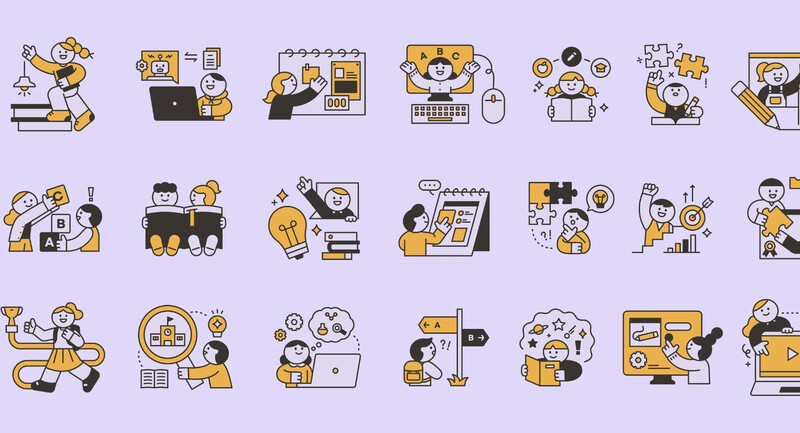Humans use tools in ways that other species cannot. While many creatures have the biological ability to manipulate a tool, only humans have a specific brain region dedicated to the causal relationship between selecting the tool and obtaining a goal.
Learning strategies are mental tools used to achieve a goal. For example, readers learn to notice when they lose meaning and they deploy strategies to regain it, such as looking at the title of a text, rereading a previous paragraph, or pausing to consider what they already know about a topic. In this column, we discuss the value of creating opportunities for students to use mental tools in their learning.
Skilled or Strategic?
Although both skilled and strategic are used informally to describe learners, there is an important difference between these concepts. In the context of knowledge acquisition, a skilled learner performs an act with a high degree of automaticity: A skilled reader can decode, a skilled math student knows multiplication facts, a skilled art student can crosshatch.
But a strategic learner is goal-directed and executes a plan to control and modify: They use the mental tools we teach them to resolve confusions they confront in their academic learning (Afflerbach, Pearson, & Paris, 2008). The ability to think strategically is necessary for transfer of learning to new and novel situations. A strategic reader, mathematician, or artist notices when something isn’t going according to plan and takes action to repair, correct, or strengthen their understanding of a problem they face.
Shallow or Deep?
As humans, we tend to inaccurately estimate our level of understanding, settling for shallow learning when we really need deep learning. This “illusion of comprehension” plagues even skilled readers, who, because they can understand words and sentences in a text, believe they fully comprehend what they are reading. However, deep comprehension requires that the reader make inferences, organize information, and form judgments about the text’s validity (Graesser, 2007). The mental tools used in deep learning are metacognitive, meaning that they promote one’s thinking about thinking (Flavell, 1979). We sometimes use external devices to help us think metacognitively. We might take notes, use a calculator, or set a timer during practice. We use these and other tools strategically to think reflectively, resolve problems, make judgments and estimates, or sequence information.
The mental tools used in deep learning are metacognitive, meaning that they promote one’s thinking about thinking.
Metacognitive strategies are described across four dimensions:
Planning: Setting goals in advance of reading, writing, calculations, or actions.
Monitoring: Maintaining awareness of understanding, comparing current understanding to prior knowledge, or applying and integrating knowledge.
Controlling: Shifting behavior to repair loss of understanding or incorrect action.
Evaluating: Assessing one’s performance compared to a goal and a plan.
Teaching vs. Applying
Elementary and secondary students are taught many metacognitive learning strategies across subject areas. They learn to set goals and plan ways to reach those goals beginning in primary school. For example, science and social studies students learn a multitude of control strategies for informational reading, often called fix-up strategies, such as using contextual and structural clues for unfamiliar terms, rereading one’s writing aloud to locate errors, and asking questions at various points in the textbook to check one’s understanding.
However, in the rush to teach students the strategies themselves, we can lose sight of how crucial it is for them to practice applying them again and again. Graphic organizers are a great example. These tools are proven to be highly effective for helping students see how blocks of ideas from a text or lecture can be visualized (Pyle et al., 2017). But the temptation is to teach students the kinds of graphic organizers (e.g., Venn diagram, cause-and-effect, problem-solution), with relatively little application of how and when each tool is of value. Thus, instead of functioning as a metacognitive tool, the purpose of a graphic organizer is thwarted. The goal when using a graphic organizer should be to unlock the organizational structure of the text to reveal deeper meaning of the information. Too often, however, students are taught how to fill it out accurately. Worse yet is when students are simply copying information into the graphic organizer using the teacher’s example. The result is low-level compliance, not metacognition.
There won’t be any breakthrough results when a good strategy is misapplied in this way. Learning strategies work when they are used as an intermediate step to something else—in this case, to support further discussion or composition. For learning strategies to take root, learners must apply them time and again, with increasingly complex texts, concepts, and actions.
For learning strategies to take root, learners must apply them time and again, with increasingly complex texts, concepts, and actions.
In the video that accompanies this column, you’ll see a 5th grade student from Chula Vista Elementary School District in California explaining the importance of selecting from a range of tools to support his comprehension. He uses reading as an example—but listen for his fundamental understanding of what thinking metacognitively is all about: noticing when you have lost meaning, comparing it to goals, and trying a variety of tools until you find the right one that works.
From Skill to Disposition
Neuroscientists explain that the human use of tools significantly advanced civilization because our species began keeping tools with us rather than just dropping them once we were done with them. Mental tools—learning strategies—are tools we can carry to be used when the opportunity presents itself. In the words of cognitive scientists and professors Guy Claxton and Bill Lucas, “A skill is something you can do; a disposition is something you are on the look-out for opportunities to do” (2016, p. 7). Learning strategies should build the disposition of thinking metacognitively to figure out what to do next.
Show & Tell / Becoming a Strategic Learner









